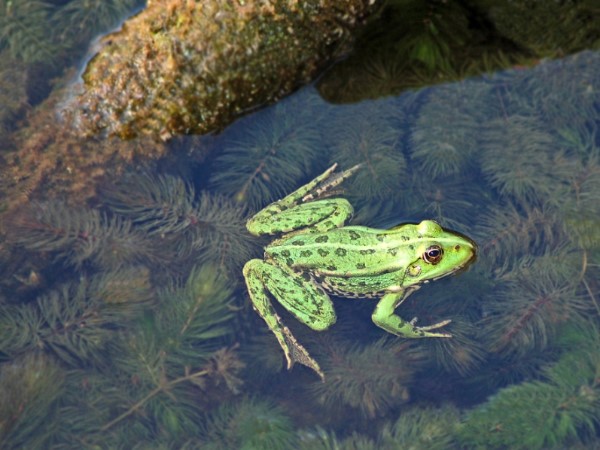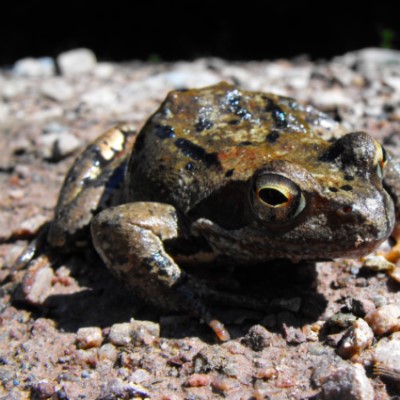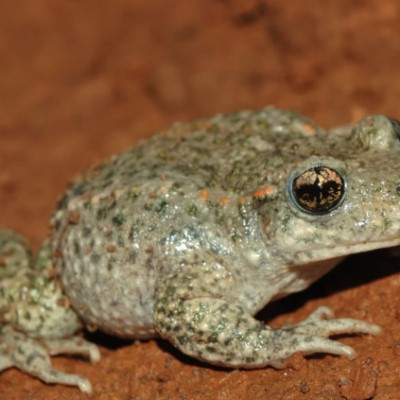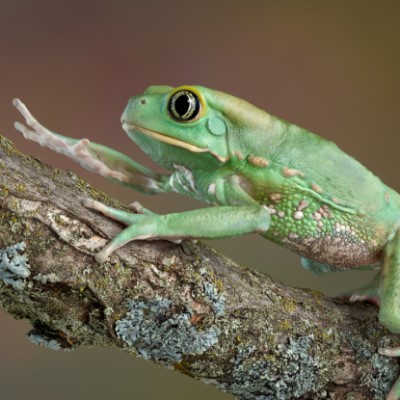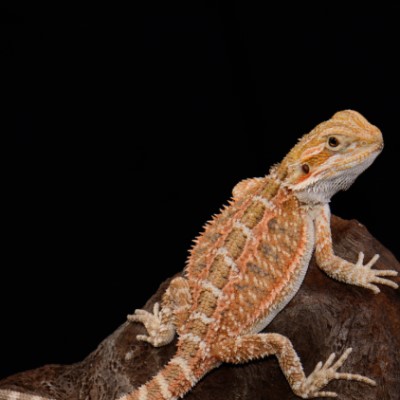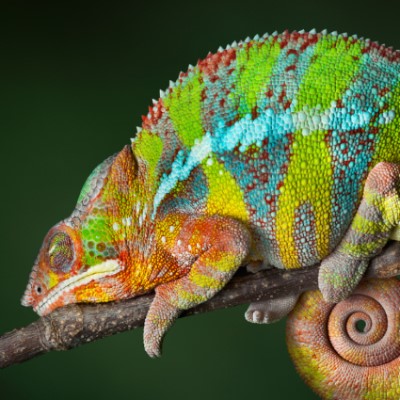African Clawed Frog: Named for their three claws on their back toes. This frog gets very large and eats everything in the tank. These are fun frogs to keep and are unique in that they do not have webbing on their front feet.
African Clawed Dwarf Frog: Stays small, about the size of a quarter. These frogs do have webbing on their front feet and need heated water.
Tropical Clawed Frog: This is actually a subspecies of the African Clawed Frog but is worthy of separate mention because this frog needs heated tank water and hangs out at the top of the water. In fact, you can put a fake lily pad in your tank for the Tropical Clawed Frog, and she will float on the lily pad periodically then dive back into the water.
Common Reasons for Surrender
Rescuers may not hear from anyone who wants to surrender their frog for months and suddenly get a large amount of frogs at one time. The main reason for this is a university may set up a laboratory and use frogs to test their work. When the class disassembles, one rescue had as many as 120 lab frogs surrendered and immediately needed to find foster homes and then adopting homes. Occasionally someone will surrender a frog because they are moving or the child lost interest.
Pros
The aquatic frog is unique and easy to care for. If you’re the kind of person who enjoys the purr and peacefulness of a fish aquarium, you will probably enjoy watching aquatic frogs.
Cons
It is illegal in many states to catch any animal in the wild and keep it at home. This necessitates buying a frog at a pet store. Frogs have a long lifespan and children tend to lose interest quickly with most pets. The African clawed frog, especially, will eat other fish in the tank.
In fact, this frog will try to eat you, too. Aquatic frogs bite all the time, but the bites don’t hurt and they really aren’t being aggressive—they just associate your hand as part of the food.
Diet
You may purchase floating or sinking pelleted carnivore diets, but floating is the best as it is easily consumed. Dwarf frogs won’t eat anything floating, so only sinking food for them. If you feed a sinking pellet to the other species, only do that if it’s a bare bottom tank. Sinking food goes into gravel and the frog can’t get to it and will eat the gravel.
Aquatic frogs also eat:
- Frozen food (bloodworms, beefheart, silversides, krill)
- Freeze dried food (krill, tubifex worms, crickets)
- Live food (guppies only, ghost shrimp)
Exercise
If you set up the right environment for your frog, she will swim day and night in the tank.
Possible Health Issues
Frogs are subject to dropsy, or bloat, and internal bacterial infections caused by poor water conditions and/or warm temperatures.
Housing
These frogs seem to enjoy interacting with one another, so it’s advisable to buy more than one of the same species to put into the same tank together.
The tropical clawed frog and the African dwarf clawed frog both need warm water. You may buy an aquarium heater and set the temperature to 76 to 80 degrees. African clawed frogs do not like warm water, and it can make them sick. They like it cool—room temperature is fine for this frog. You may insert a thermometer into the tank to be sure the water remains 76 degrees or less for this frog.
Insert fake or live plants into the aquarium and provide a place to hide on the bottom of the tank. Do not mix dwarfs and tropicals together as the tropicals and African clawed frogs will eat the dwarf clawed frogs.
African Clawed Frogs get huge and they need ten gallons of water per frog. Be sure to give this frog a bare tank bottom or use large river stones on the bottom of your tank. This frog will ingest small gravel in her attempt to eat food that falls to the bottom.
African Dwarf Clawed Frog needs about a half a gallon of water per two frogs. This frog needs sand on the bottom of the tank.
Tropical Clawed Frogs need a tank size that averages to five gallons per frog. This frog needs large river stones, no sand or small gravel on the bottom.
Grooming
Large frogs are very messy, the smaller frogs less messy. Be sure to clean the tank. All frogs should have a 25 percent water change once a month and that includes vacuuming any substrate that is in the tank. You may use water vacuums to siphon out leftover food and feces.
Training
|
A frog will not do flips for you, but she may come to recognize you when you walk in the room and scoot up to the surface of the water in hopes that you will feed her.
Entertainment
The frogs enjoy interacting with one another.
ADDITIONAL RESOURCES
http://aquaticfrogs.tripod.com
We want to thank Aquatic Frog Rescue for help with this profile. (Hope emailed Rachel for the correct website address to insert/hyperlink here).
